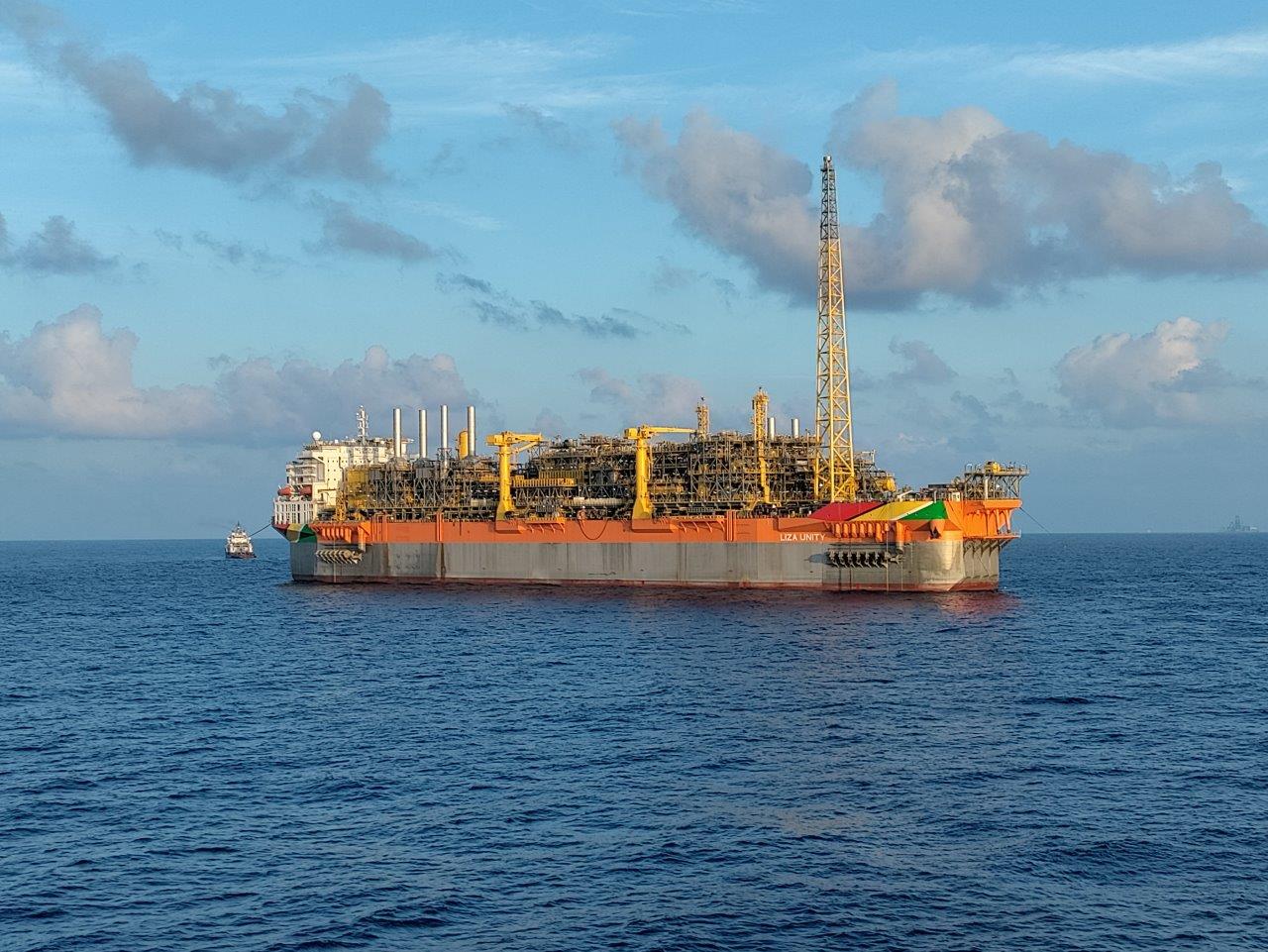Rystad Energy’s Senior Vice President and Head of Latin America and the Caribbean, Schreiner Parker, said the emissions intensity from Guyana’s offshore operations is among the best performing in the world. He said it is outpacing 75% of global oil and gas producing assets, meaning it emits less.
While the global upstream emissions intensity average is 18 kilograms of carbon dioxide per barrel of oil equivalent (kg CO2e/boe), Guyana’s projects are at 9 kg CO2e/boe
“This is significant and very important in terms of being a part of that supply source in the long term, and I think it’s really representative of why Exxon has placed such an importance on developing the Stabroek Block as well as the rest of Guyana,” Parker said.
The analyst made the revelation during a recent webinar hosted by the Guyana Business Journal and the Caribbean Policy Consortium.
Deepwater projects, as Guyana’s projects are termed, have lower emissions intensity, on average, than about 60% of other sources of global oil and gas production, Rystad indicated. But even among deepwater, Guyana’s projects perform better than the average in terms of emissions intensity.
Gas project will cut Guyana’s emissions for power generation in half
Parker said, “Guyana is actually outpacing a number of other offshore important deepwater areas like the UK, Angola, Nigeria when it comes to…emissions intensity.”
During his presentation, Parker indicated this is due to several factors, including larger scale developments with fewer wells with high rates of productivity, more specialised technical solutions to limit emissions, such as gas reinjection, and more stringent regulations, such as for flaring in some regions.
The energy research firm expects current estimated emissions from the Liza projects to be indicative of what emissions will be at future Guyanese projects due to the factors listed above as well as the fact that the most state-of-the-art floating production storage and offloading (FPSO) vessels will be used as future developments.
ExxonMobil recently said that, as the Liza Unity vessel was awarded the American Bureau of Shipping’s (ABS) SUSTAIN-1 notation for its sustainable design and operations, it would build future floaters that way. The company plans to have at least six FPSOs producing offshore Guyana by 2027.



